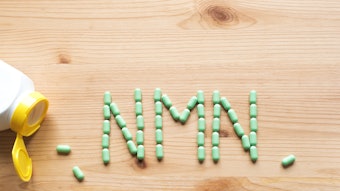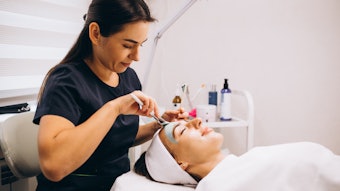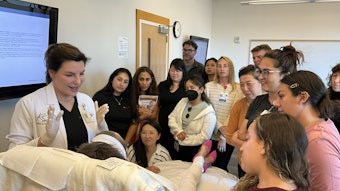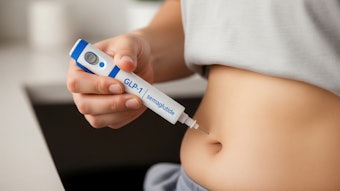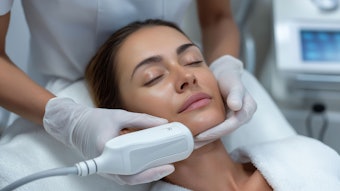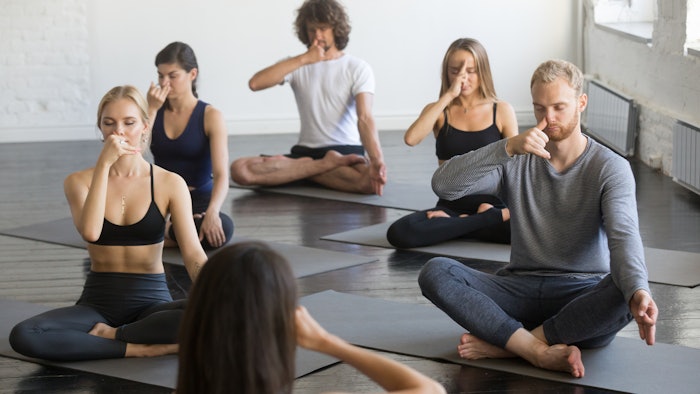
Pranayama refers to a set of yoga breathing exercises, and a study published in May 2020 observed how this respiratory practice could impact anxiety, emotional processing and stress.
Participant Breakdown
The study, published in Frontiers in Psychiatry, used a randomized, controlled trial design with 30 healthy young adults. The volunteers were selected for this study based on the following criteria: healthy and between 18 and 40 years old,and new to the practice of pranayama.
Exclusion criteria included MRI contraindications, chronic rhinitis, with partial or complete obstruction of one or both nostrils, frequent use of bronchodilator, regular use of beta blocker, stimulants or any other substance that could interfere with cardiovascular activity and current diagnosis or history of neurological and psychiatric disorders.
Pranayama in Action
The volunteers were broken up into a Pranayama group and a control group (each group having 15 members). Due to the nature of the study, it was not blinded, but the analyses performed after the study was complete was blinded. The study lasted four weeks, with each group meeting three time a week for 30 minutes each session. The pranayama group trained in the practice, while the control group did other activities using a permuted block randomization guide.
Both groups were assessed at baseline and right after a 30-day training program. Both assessments included fMRI and psychometric trait-state measures of affect and anxiety. The level of anxiety was assessed by the State-Trait Anxiety Inventory (STAI), and researchers also used the Positive Affect and Negative Affect Scale (PANAS) to assess well-being, enthusiasm, inspiration and determination. Finally, researchers also assessed PANAS-N, which is the negative affect such as fear, nervousness and disturbance.
Pranayama vs. Anxiety
One month of pranayama training led to significant changes in affect and anxiety, which were associated with changes in activity and connectivity of a few brain areas that are involved in emotional processing. The changes in the PANAS and STAI scores from the baseline test to the test completed after a 30-day program suggest significantly decreased levels of state of negative affect and anxiety and increased positive affect.
The fMRI changes that researchers noted suggest the involvement of amygdala, anterior insula, ACC, vmPFC, VlPFC and dlPFC. These results supported previous evidence suggesting that anxiety-prone individuals have significantly increased activity in the bilateral amygdala and insula when compared to a controlled population.
These results showed that anxiety levels among the participants were significantly reduced.


